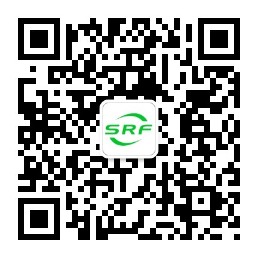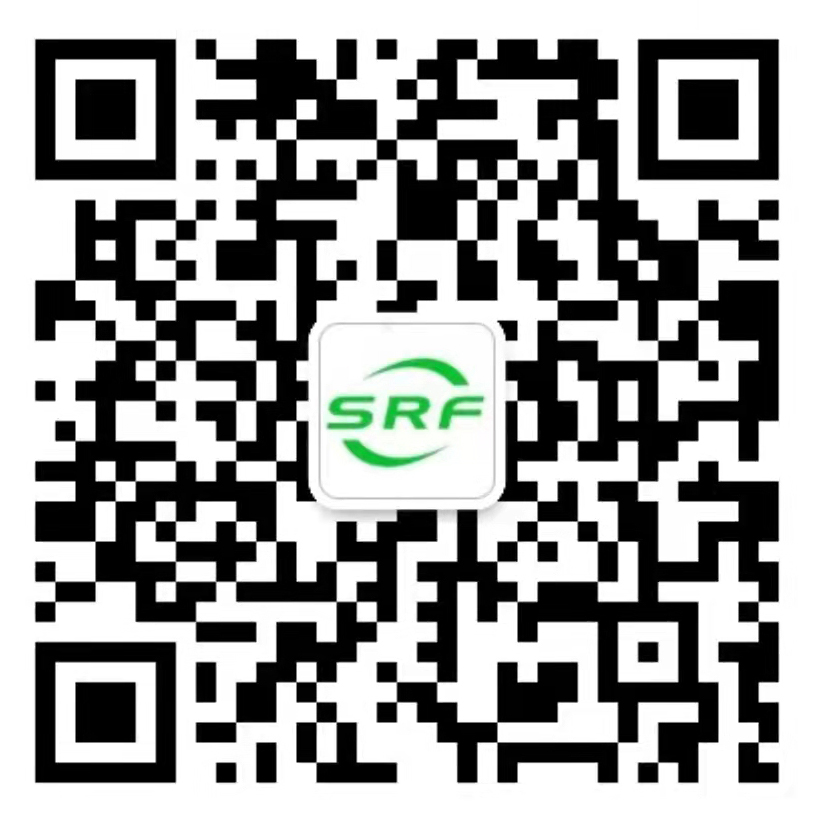Hotline
Service Area
Full field battery test platform One-stop testing and certification service

UN38.3
Introduction
United Nations Recommendations on the Transport of Dangerous Goods, Tests and Standards Manual, Chapter 38.3 The current latest version is the sixth edition Am1.
Test requirements
UN38.3 refers to paragraph 38.3 of Part 3 of the "United Nations Dangerous Goods Transport Test and Standards Manual" specially formulated by the United Nations for the transportation of dangerous goods. It requires that lithium batteries must pass a high degree of simulation, high and low temperature cycles before they are transported. , Vibration test, shock test, 55℃ external short circuit, impact test, overcharge test, forced discharge test, can ensure the safety of lithium battery transportation.
If the lithium battery and the device are not installed together, they must pass the 1.2-meter free drop test
(The battery cell is less than 20wh, the battery pack is less than 100wh)
The relevant procedures for the UN38.3 test application are as follows
1. Evaluate and confirm the number of test samples
2. Fill in the application form
3. Test
4. Confirm that the official report is correct
Test process

Height simulation test
Test method: The ambient temperature is kept at 20±5℃ throughout the test, and the sample is placed in a closed environment with a pressure equal to or lower than 11.6 kPa, and the test time lasts at least 6 hours.
Heat and cold shock test
Test method:
(1) Store at 75±2℃ for at least 6 hours,
(2) Within 30 minutes, the temperature drops to -40±2℃, and store at this temperature for at least 6 hours
(3) Repeat the above steps 10 times (4) Store the sample at 20±5°C for 24 hours.
For large batteries and battery packs, the exposure time to (1)(2) extreme test temperature should be at least 12 hours.
Mechanical vibration test
Test method: The sample is fastened to the vibrating platform so that it does not deform and can effectively transmit vibration. Vibrate in a sinusoidal waveform, and the logarithmic sweep frequency swings from 7 to 200 Hz, and then back to 7 Hz, which lasts 15 minutes. The test is repeated 12 times for three mutually perpendicular installation positions, that is, each position is 3 hours each, and one of the vibration directions must be perpendicular to the end surface.
Mechanical impact test
Test method: The sample is fastened to the test device with a hard bracket, and each sample must withstand a half-sine wave shock with a maximum acceleration of 150 gn and a pulse duration of 6 milliseconds. Each sample must be subjected to three shocks in the positive direction of three mutually perpendicular installation orientations, and then three shocks in the opposite direction, for a total of 18 shocks.
55℃ short circuit test
Test method: Keep the sample temperature stable (the case temperature is maintained at 55±2℃), and short-circuit under the condition of total external resistance less than 0.1 ohm. After the sample housing temperature stabilizes to 55±2℃ again, keep the short circuit for at least 1 hour
Heavy object impact test/squeeze test
Test category: heavy object impact test: suitable for cylindrical batteries with a diameter greater than or equal to 18mm
Test method: The sample battery or component battery is placed on a flat and smooth surface. A stainless steel rod is placed horizontally in the center of the sample. The steel rod has a diameter of 15.8 mm & plusmn; 0.1 mm and a length of at least 6 cm, or the size of the longest end of the battery, whichever is the longer. Drop a 9.1 kg & plusmn; 0.1 kg weight from a height of 61 & plusmn; 2.5 cm to the intersection of the steel bar and the sample, and use a vertical track or pipe that has almost no friction and has the least resistance to the falling weight. The vertical rail or pipe is used to guide the drop hammer to fall at 90 degrees from the horizontal support surface. For the sample to be impacted, the longitudinal axis should be parallel to the flat surface and perpendicular to the longitudinal axis of the curved surface with a diameter of 15.8 mm & plusmn; 0.1 mm lying horizontally in the center of the sample. Each sample is subjected to only one impact.
Overvoltage charging test
Test method: Place the battery or component battery and squeeze between two flat surfaces. The squeezing force is gradually increased, and the speed at the first contact point is about 1.5 cm/sec. The squeezing continues until one of the following three situations occurs:
(a) The applied force reaches 13 kN±0.78 kN;
(b) The voltage of the battery has dropped by at least 100 millivolts; or
(c) The deformation of the battery reaches 50% or more of the original thickness
Forced discharge test:
Test method: The charging current must be twice the maximum continuous charging current recommended by the manufacturer. The minimum voltage for the test is as follows:
- When the manufacturer’s recommended charging voltage is not greater than 18 volts, the minimum test voltage should be twice the maximum charging voltage of the current group or 22 volts, whichever is less.
- When the manufacturer’s recommended charging voltage is greater than 18 volts, the minimum test voltage should be 1.2 times the maximum charging voltage of the current group.
- The test should be carried out at ambient temperature. The test time should be 24 hours.
Relevant Certification Services

UN38.3
The United Nations Recommendations on the Transport of Dangerous Goods, Tests and Standards Manual, Chapter 38.3 The current latest version is the sixth edition Am1.

TUV certification
UN 38.3,IEC 62619,UL1973,EN 50272-2

LEED/WELL product compliance test report
LEED (Leadership in Energy and Environmental Design) is a pioneering green building evaluation system for energy and environmental design.

Global recycling standards
The Global Recycling Standard (GRS) was originally developed by Control Union Certifications in 2008 and transferred ownership to the Textile Exchange on January 1, 2011. GRS is an international, voluntary, complete product standard that sets requirements for third-party certification of recyclables, chain of custody, social and environmental practices, and chemical restrictions.

UL2809 recycled material content certification
UL 2809 Recycled Material Content Verification can perform third-party verification on the total content of post-consumer, pre-consumer, closed-loop recycling or recycled materials in the product to prove that the product is as environmentally friendly as claimed.

Eurofins IAC Gold Certification
European Eurofins IAC has international leaderposition in the testing fields of food, pharmacy, environment, etc., and is the top level in Europe’s testing field TestOrganization.

North American UL EPD Product Environmental Label
The Environmental Protection Agency is a comprehensive and international report prepared by product manufacturers to record the impact of products on the environment during their life cycle. Ul certifies that all the information in the epd completed by the manufacturer is accurate.
Contact Us
National Service Hotline
E-mail: sales@srf-cn.com
Address: No. 27, Chuangzhi Road, Kunlun Street, Liyang City, Jiangsu Province

Official Account

COPYRIGHT © 2021 SRF testing and certification(Changzhou) Co., LTD. ALL RIGHTS RESERVED. 苏ICP备2021027073号-1 Powered by www.300.cn



